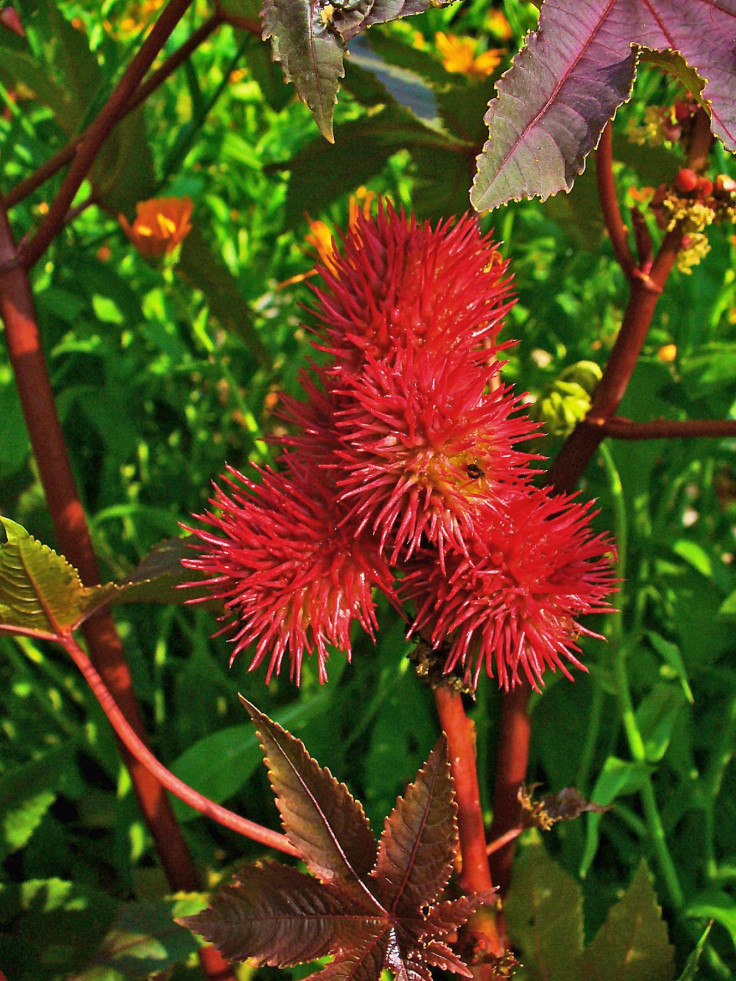Ricin Poisoning Symptoms: How to Deal with Exposure to the Bioterrorism Toxin

Ricin poisoning has federal authorities on alert after the deadly toxin was intercepted this afternoon in an envelope addressed to Mississippi's Republican Senator Roger Wicker.
In the wake of yesterday's Boston Marathon bombing, the American public is especially attuned to any news of possible terrorism- soon after reports of the tainted letter broke, "ricin" jumped to the top of trending keywords on Google and other search engines. So what is ricin?
Ricin is a highly toxic poison that occurs naturally in castor beans, and can be cheaply and simply produced from the leftover paste that comes from processing the beans into castor oil. Though it is deadly in large quantities, the Centers for Disease Control and Prevention (CDC) ranks ricin as a Class B bioterrorism agent, behind more deadly toxins like anthrax, smallpox, and botulism.
Unintentional exposure to ricin is highly unlikely, according to the CDC. Though castor beans can poison people if swallowed, it typically takes a deliberate act to to produce ricin into a powder, mist, solution, or pellet that can act as a bioterror agent. Actual incidents of death by ricin exposure are rare— most notoriously, Georgi Markov, a Bulgarian journalist in London, was killed in 1978 after being poisoned by an assassin who injected him with a pellet of the toxin in a syringe-rigged umbrella.
The symptoms of ricin poisoning depend on whether the toxin was inhaled, injected, or ingested. Depending on the route of exposure, symptoms can begin as early as four hours after exposure and death can occur within 36 to 72 hours of exposure. As little as 350 micrograms can kill an adult weighing 70 kilograms, though exposure is not always fatal. Ricin victims typically live if they survive past five days after exposure, according to a Cornell University factsheet.
Ricin works by permeating the cells of a person's body and inactivating ribosomes, the complex molecules that create other proteins, leading to quick cell death. Inhalation and injection are the most hazardous modes of exposure.
When ricin is inhaled, people typically experience difficulty breathing, fever, nausea, and coughing, typically within 10 hours, followed by fluid buildup in the lungs and heavy sweating. As the symptoms progress, low blood pressure and respiratory failure can cause death.
If ingested in large enough amounts, ricin causes bloody diarrhea and vomiting, which lead to severe dehydration and low blood pressure, followed by seizures. Within several days, the symptoms can lead to liver, spleen, and kidney failure, leading to death. Children are especially susceptible to death from fluid loss, according to Cornell.
According to the CDC, ricin poisoning is not contagious from person-to-person, and skin and eye contact unlikely methods of transmission. These routes typically cause redness and pain at the site of contact, though touching ricin with the hands can lead to ingesting it, and exposure to someone with ricin on their body or clothes can lead to inhalation.
There is no ricin antidote, so the CDC's most effective method of treating symptoms of exposure is to remove the toxin from the body as soon as possible. Victims of ricin poisoning may be treated with intravenous fluids, flushing their stomachs, and ventilation to suport breathing.
If exposed to ricin, the CDC recommends seeking fresh air immediately, removing clothing that might be tainted with the toxin by cutting it off the body and sealing it in a plastic bag, and washing skin with soap and water. Potential victims should seek medical attention as soon as possible.
Read more at the CDC website.



























